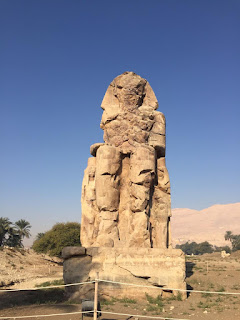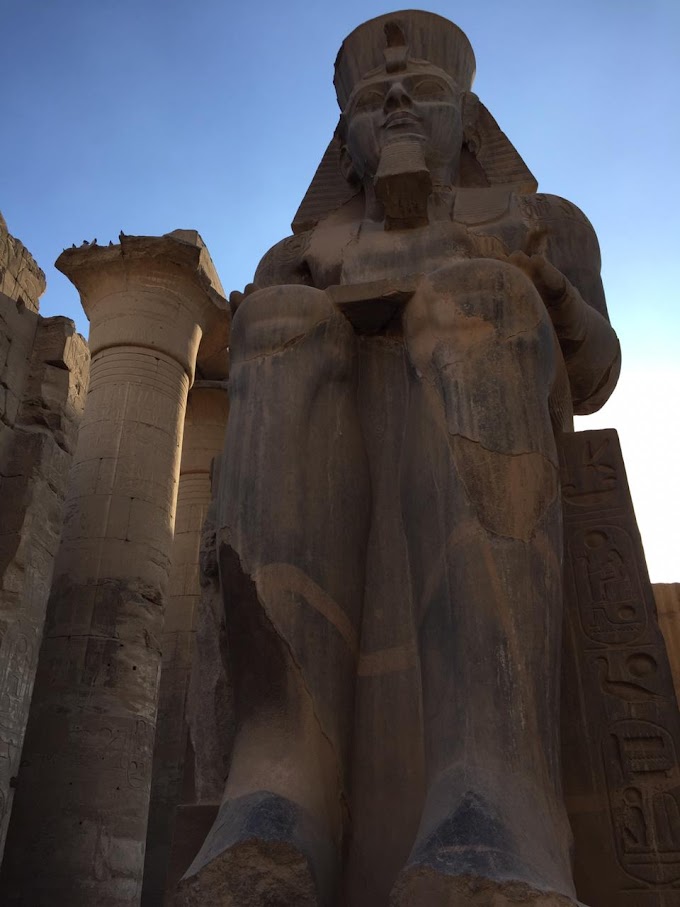The Pharaonic era dates back to about 3,000 years from 3200 BC until Alexander the Great entered Egypt in 323 BC.
During the Pharaonic era, Egypt witnessed many stages of renaissance and progress that left a huge legacy of the manifestations and effects of civilization, urbanization, science and the arts.
Historians divide the Pharaonic era in the history of Egypt into three consecutive sections:
- The Old State.
- The Central State.
- The modern state.
For the age of Atiq (verses 1, 2):
King Mina is credited with achieving the political unity of Egypt around 3200 BC. He was able to establish the first ruling family in the history of Pharaonic Egypt, and Meena wanted to secure the unity of the country and established a city near the Delta Head, later called Memphis, which was an important factor in the renaissance of Egypt in all aspects of life :
The Old State (Families 3 to 6): The era of this country was the period of the youth of Egypt and was characterized by stability, security and peace, which facilitated its progress economically, culturally and technically. The ruling brigade of the kings of the ancient state of the builders of the pyramids was about 2800 BC. After the throne was moved to Memphis by Pharaoh Zoser The oldest pyramid known as the Pyramid in Saqqara, and flourished the civilization of Egypt in the days of this state, not evidence of that of the pyramids of the great kings of Giza Khufu and Khafra and Mencawra.This era began around 2200 BC. When the rule of the pharaoh came out of the hands of the pharaoh until the "Monotheep II" reunification of the country again.
First Middle Age (Families 7 to 10):
This era began around 2200 BC. When the rule of the pharaoh came out of the hands of the pharaoh until the "Monotheep II" reunification of the country again.







0 تعليقات